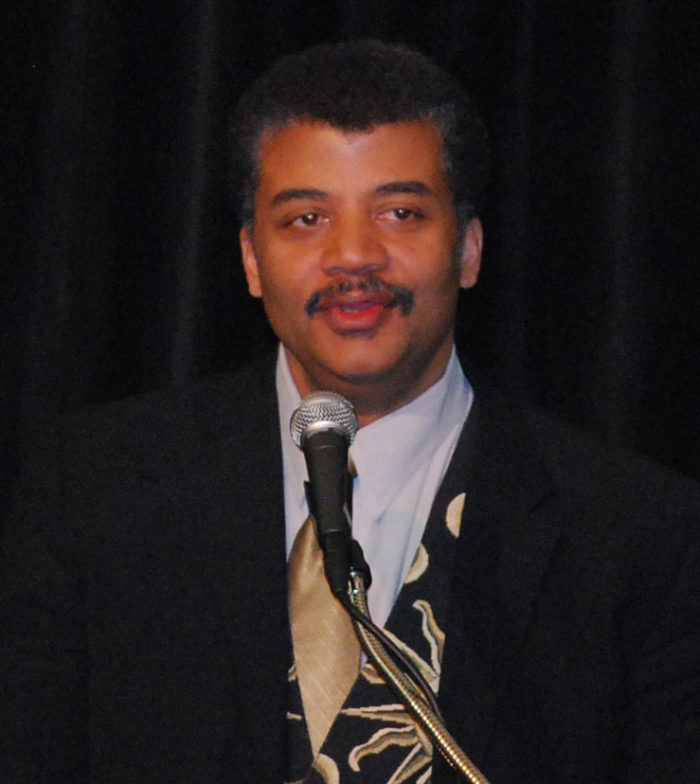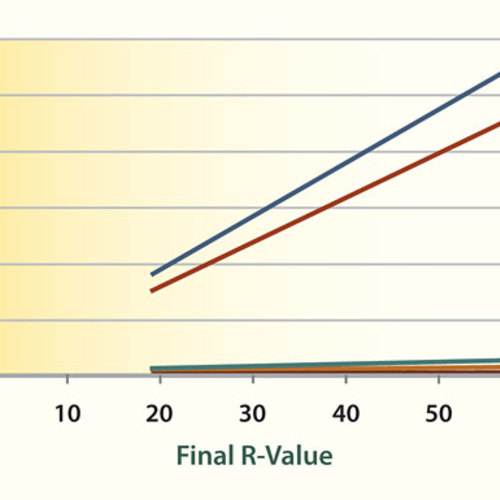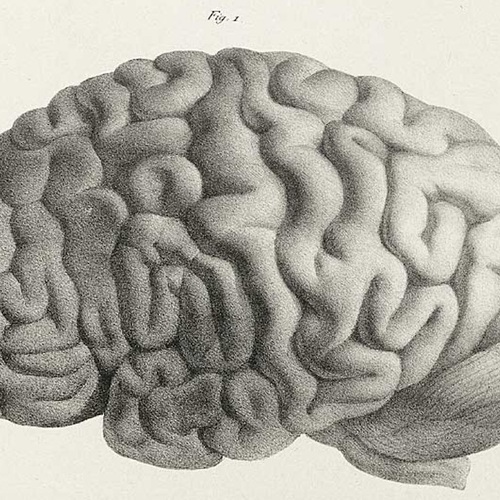Image Credit: Wikimedia Commons
Image Credit: Wikimedia Commons French scientist and mathematician Joseph Fourier discovered global warming and the greenhouse effect with his work in the 1820s.
Image Credit: Wikimedia Commons Svante Arrhenius connected global warming and atmospheric carbon dioxide concentrations. He presented his work in front of the Royal Swedish Academy of Sciences in 1895.
Image Credit: Wikimedia Commons
I’m new to global warming. I didn’t hear about it until 1983. Even thirty years ago, the science behind the greenhouse effect and global warming was well known. French Physicist and mathematician Joseph Fourier is generally credited with being the first to hypothesize that the earth is warmed by its atmosphere and even that we humans can change the climate. That goes all the way back to 1827.
Meet Joseph Fourier
Fourier is known to all who study physics for his development of Fourier Analysis, which allows you to model mathematical functions as a series of sines and cosines, and Fourier’s Law, which is the basic law of heat flow by conduction. The latter is known to beginning building science students as Q = U x A x ΔT, which is a simplified version of the full law.

What Fourier did was to calculate that the earth, because of its distance from the sun, should be significantly colder than it is. He calculated the amount of radiant energy hitting our planet and found that it wasn’t enough to account for the temperatures we have here. In addition to considering the possibility of additional radiation from interstellar space providing the boost, he proposed that the atmosphere trapped heat and caused the warmer temperatures.
The really amazing thing about Fourier’s work is that he did this before James Clerk Maxwell, Jožef Stefan, and Ludwig Boltzmann were even born. In the 1820s, scientists were still decades away from understanding that light, heat, electricity, and magnetism were all related. Maxwell put that together in the 1860s with his famous set of four equations that govern the field of classical electromagnetism.
Only then could Stefan and Boltzmann figure out their law of radiation, showing that the energy transferred by radiation is proportional to the fourth power of the radiating body’s temperature and its emissivity. (The emissivity of materials is something we exploit in the making of low-e windows and radiant barriers). What Fourier did in the 1820s was revolutionary, but now this calculation is basic enough that it appears in introductory physics textbooks.
Further 19th-century advances in climate science
Several other 19th century scientists took up Fourier’s work and studied radiation, absorption, and conduction in atmospheric gases, trying to get a handle on how our climate works. The Irish scientist Tyndall was one of the first to try to calculate how infrared radiant energy flows affect the climate.
Then came the interest in how carbon dioxide affected the balance of heat flows. Langley looked into this in the 1880s and calculated, incorrectly, that the earth’s temperature would be only about -200°C (-328°F) were it not for the presence of CO2 and its insulating effect on the earth’s atmosphere. It would actually be about -18°C (0°F), but hey, we’re talking about someone doing this back in the 1880s. Lord Grantham’s mother, the Dowager Countess, was probably still hot and fashionable then!
One thing that Tyndall concluded from his work was that water vapor had more effect on atmospheric temperatures than carbon dioxide. In 1895, Svante Arrhenius gave a presentation to the Royal Swedish Academy of Sciences on the subject. Hist paper was titled, “The Influence of Carbonic Acid in the Air Upon the Temperature of the Ground.” (What they called carbonic acid, we know as carbon dioxide.) In it, he disagreed with Tyndall and said carbon dioxide was the more important greenhouse gas (though I’m sure he didn’t use that term).
Arrhenius’s study was pretty darn interesting. He wanted to know what would happen if the CO2 levels were different than the then-current concentration of 300 parts per million by volume. He calculated the resulting temperature for levels that were 0.67, 1.5, 2.0, 2.5, and 3.0 times as high and also looked at how it changed with longitude.
His results were quite similar to what scientists have found a hundred years hence: Doubling the atmospheric CO2 results in a temperature rise of about 6°C. Current work in the area of climate sensitivity puts his result just outside the 3°C ± 1.5°C range of modern climate research.
The good thing about science
As with most areas of science, the revolution happens first, and then the focus shifts to filling in the details. Thomas Kuhn discussed this in his wonderful book, The Structure of Scientific Revolutions, describing the revolutions as periods when we undergo paradigm shifts. I’m not sure the development of climate science represents as much of a paradigm shift as it does the creation of a paradigm, but the work of Fourier was definitely groundbreaking.
Since his work in the 1820s, we’ve added a lot of documentation to Fourier’s ideas about the greenhouse effect and global warming (including that the so-called greenhouse effect isn’t what keeps greenhouses warm, but that’s for another article). Scientists have tons of data on this subject and among them, there’s not really any debate about (1) whether our planet is warming and (2) that our actions are a big part of the cause.
You can choose not to believe it, of course, but as astrophysicist Neil deGrasse Tyson said recently, “The good thing about science is that it’s true whether or not you believe in it.”
~~~~~~~~~~~~~~~~
Much of the information from this article comes from “History of the Greenhouse Effect” by M.D.H. Jones and A. Henderson-Sellers. It was originally published in Progress in Physical Geography (14, 1-18, ©1990) and reprinted in a book that I bought in the mid-1990s: Global Warming: Selected Reprints by John W. Firor, published by the American Association of Physics Teachers, ©1995.
Allison Bailes of Decatur, Georgia, is a speaker, writer, energy consultant, RESNET-certified trainer, and the author of the Energy Vanguard Blog. You can follow him on Twitter at @EnergyVanguard.
Weekly Newsletter
Get building science and energy efficiency advice, plus special offers, in your inbox.
















3 Comments
GW in the time of "Leave it to Beaver".
Allison,
Here is a link to some "vintage" global warming material:
https://www.youtube.com/watch?feature=player_embedded&v=0lgzz-L7GFg
And here we are 55 years later...
To tell you the truth;)
A interesting article. Not to pick on a minor point but Neil deGrasse Tyson statement that was quoted at the end … "The good thing about science is that it's true whether or not you believe in it" is debatable. Truth by definition is true whether by science or other means. Science has not proven to be infallible. However, I think that his point was that truth exists whether we accept it or not.
Mika, you kinda missed it...
The point Tyson was making was exactly YOUR point. Science in his context isn't about the theories and measured results, but more about the core reality behind the observations- capital-S Science, and capital-T Truth, not small-s science as practiced by the researcher, and the measured evidence truths they theorize about. It is about the process of getting closer to the Truth, not short term conclusions of fact & theory that may be overturned by better data.
Scientists rarely make blunt statements or pronouncements of Truth, but the process eventually gets us closer, examining and re-examining, testing hypotheses. The capital-T Truth is usually the province of philosophers and theologians (some of whom seem comfortable way on very tenuous limbs, intentionally far from verifiable factual bases.)
Don't believe everything you THINK, eh? :-)
Log in or create an account to post a comment.
Sign up Log in